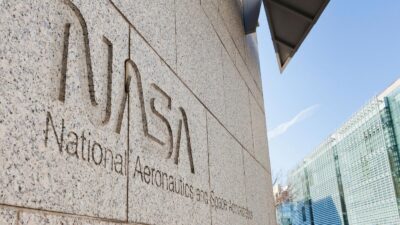Growing up among aircraft
By Debra Werner|January 2018
David Coote, 33 Senior Systems Engineer at BAE Systems
As the son of a British Royal Air Force officer, David Coote moved often. Each new home was surrounded by airplanes and Coote often attended air shows like the one at Farnborough outside London. Instead of flying planes, Coote wanted to understand the technology. While earning a software engineering degree in 2006, he began an internship in Rochester, England, at BAE Systems, the British aerospace company with more than 83,000 employees worldwide. Still at BAE Systems, Coote works on active control side sticks, which give pilots tactile feedback from fly-by-wire systems. Gulfstream Aerospace is adopting active side sticks for the twin-engine G500 and G600 business jets.
How did you become an engineer?
There’s the usual stories that all engineers have: the love of trying to take things apart, put them back together and understand how they work. In school, I gravitated to math, science and computing, which then led me to doing a software engineering degree at the University of Portsmouth in England. That degree program included a one-year internship in industry. I applied to BAE Systems and managed to secure a place. At the end of that internship, BAE Systems offered me a bursary through my final year to pay for my tuition fees and also a job for the Graduate Development Framework [a two-year training program] once I had completed my degree. It was a perfect joining of my engineering skillset and aviation interest. I’ve been working in active inceptors for a number of years, initially in the front end of the business to do with bids, technical proposals and demonstration. That evolved into joining the main development program for the active control side stick. I’ve been involved in the program for about four years. I am involved in the design, integration and certification of the product as well as supporting the product at customer facilities, including in the United States and South America.
What do you think will be happening in aviation in 2050?
The pace of development around autonomous and remotely or optionally piloted vehicles is very exciting. I think there will always be a position for pilots aboard the aircraft, so it will be very interesting to see how we end up with a harmonious mix of those different platforms. I think we’ll see technology development that will reduce cockpit management and reduce pilot workloads, allowing pilots a lot more capacity to focus on their actual mission and achieving it safely rather than cockpit maintenance. It’s exciting to be part of the active control side stick development at the moment, because it is playing a key part in improving cockpit situational awareness and crew coordination and has a lot of benefits that I think we will see it performing well into the future.








